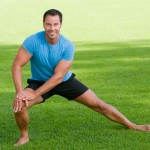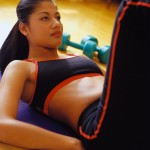Give your legs a boost! Here’s how to do it:
(Consult your physician before beginning exercise.)
20 Alternating Reverse Lunges
20 Squats
10 Burpees
1 Minute Jumping Jacks
20 Alternating Side Lunges
20 Mountain Climbers
10 Burpees
1 Minute Wall Squat
Rest for 1-2 minutes.
Repeat circuit 2-4 times.
Tera Busker is an ACE Certified Personal Trainer and owner of Fitness To Go, an exclusive In Home & Private Studio Personal Training Service based out of Roberts, WI. www.fitnesstogo.net
 Subscribe
Subscribe




